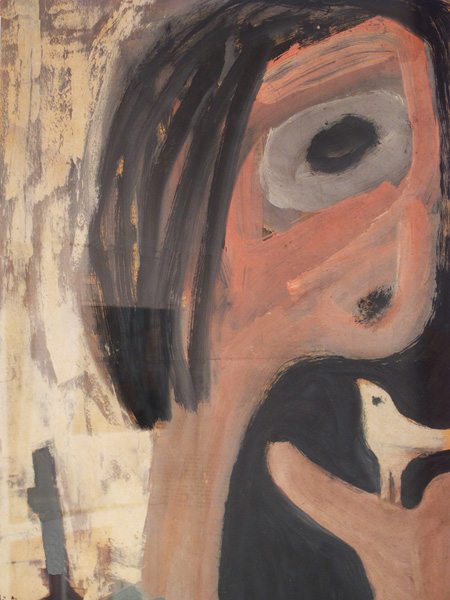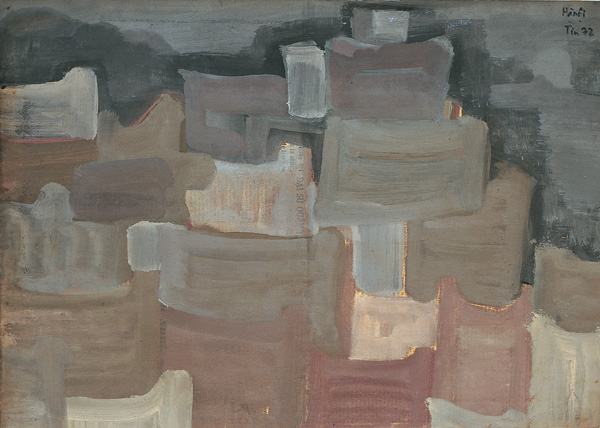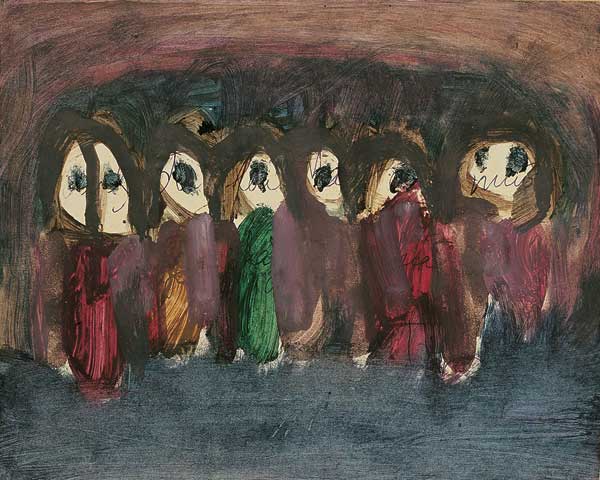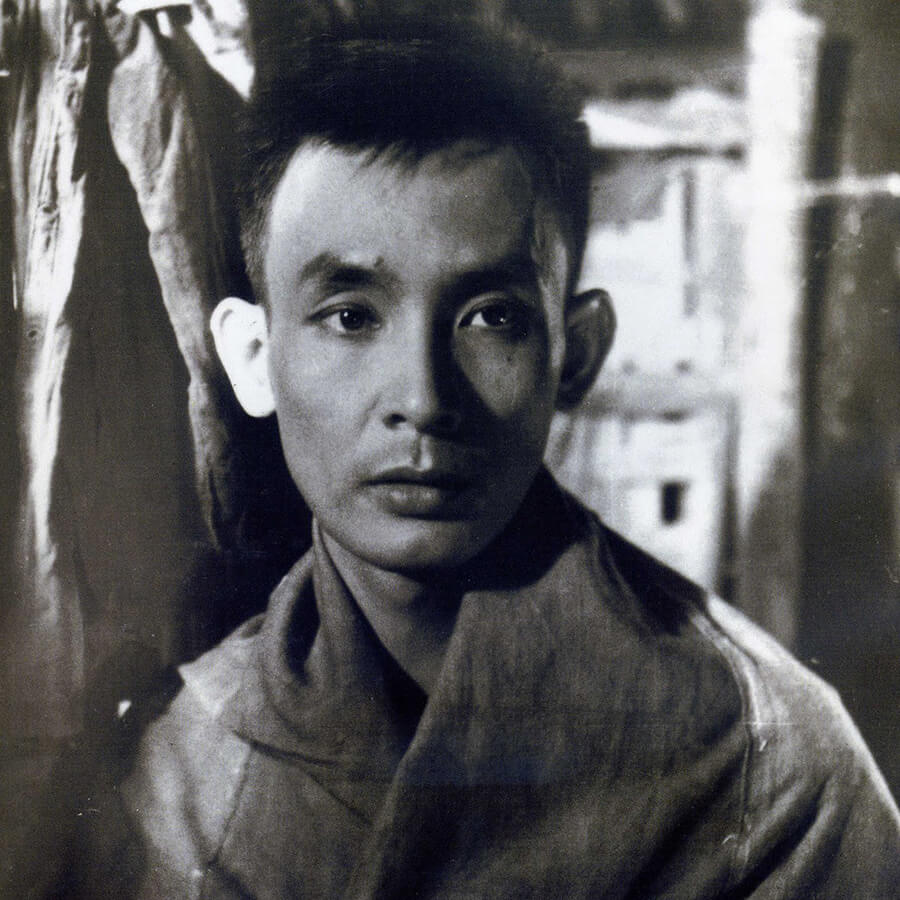A remarkable exhibition of paintings not exhibited previously in Vietnam, by the highly respected late artist Tran Trung Tin (1933 -2008), “The Optimistic Tragedy“, is now on view at Vietnam Fine Arts Museum.

Exceptionally well presented, these exquisite paintings embrace the viewer’s gaze with their gentle tenderness of feeling, color and form, but offer no sentimentality, because they convey a sense of peace, attained in the midst of war and psychological terror.
The artist started on the path of Resistance against the oppressors of his country and its people as a twelve years old child.
He traveled through his life journey in times of war, but found his inner peace — when approaching his forties — in expressing through painting the world dear to him: the world of his people — battling against the terror of war just like him — to protect their love, their country and its freedom … their freedom.
He was not taught how to paint. He just painted.
He painted these terrified by war faces with free-flowing, loosely-liquid paint strokes, isolating the absorbed by terror eyes … like dark pools filled to the brim with the tragedy of having to carry the hard memories of war trough life.
He painted ‘his’ Hanoi with beautifully nuanced patches of layered colours — patches of ‘his’ reality of a place he loves — “My Hanoi / Hanoi in my mind” he named these paintings.
He painted his reality: a reality under a siege.
And he said: “So I kept on painting and painting, and painting.”
And he painted the girls with rifles and birds, and he painted the ideal of beauty – Venus’ generous body; and a mother with child in an eternal embrace; and abstract visions of his meditations … a scull pressed onto the windowpane — dissolving in motion – oil – paint – marks on newspapers, attesting with their printed actuality to his and his nation’s contemporary reality — as a surface, as texture that makes up his world, his life and his art.
And so, the artist says to himself that: “He is dreaming with his eyes open, to keep forever in his mind a myriad of colours.”…
There are also other, but tiny paintings on photographic paper, that the artist painted between 1975 and 1984, after moving from Hanoi to Saigon.
These express yet another artistic vision of terror, where the bird as a symbol of hope and freedom in his earlier paintings is now dying or ill. The expressed claustrophobia in these works is palpable: the colours are much more dense, darker and no longer optimistic, but solemn and ominous.
The exhibition is completed with an ongoing projection of a video footage, documenting some moments of the artist at work in the later years of his life and some images of his paintings on canvas, which are not in the exhibition.
Though scholarly curated, it is unfortunate for the public that this retrospective view of Tran Trung Tin’s art is incomplete.
For those who visit this exhibition and appreciate not only Tran Trung Tin‘s art, but the important place it occupies in the Pantheon of Vietnamese visual art, there is an excellent album by Sherry Buchanan —Paintings and Poems from Vietnam which can only be purchased by order.
Ilza holds the deep conviction that there is nothing more damaging than indifference and that only a critique, based on peer to peer assessment of contemporary art practices, is the way to broaden and encourage the creative thought and new original artistic ideas — fostering a better understanding of contemporary visual art and the role of the artist as a creator of cultural values.
Ilza Burchett is an internationally exhibiting artist, now based in Hanoi, Vietnam.
Source: Hanoi Grapevine

